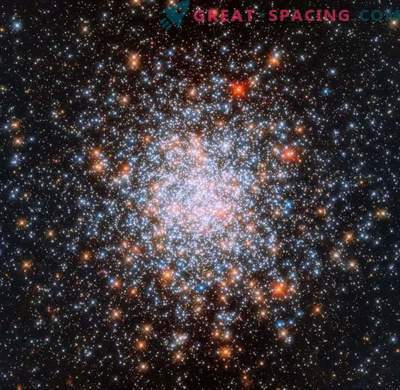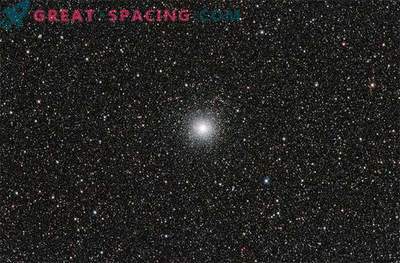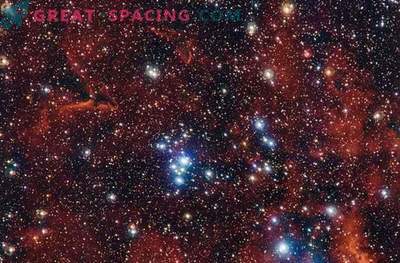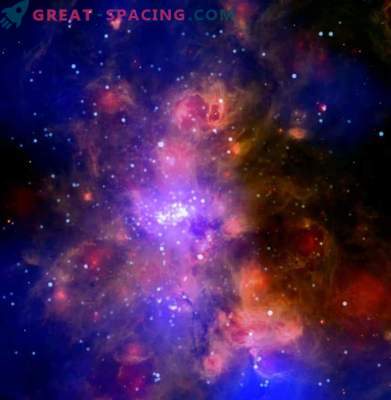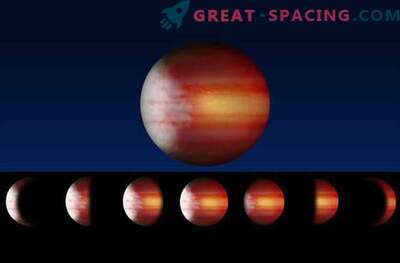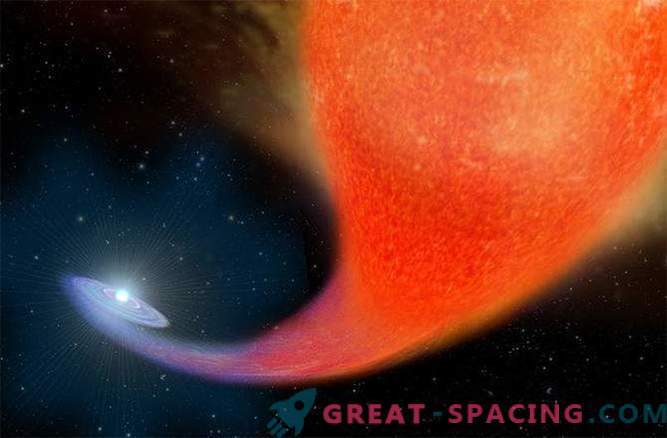
Vampires are very ancient creatures that support their young body, feeding on the blood of living people. Of course, only children and adolescents believe in them, and these same creatures are found only in fairy tales. No one would have thought that there is something in common between the cosmos and vampires: the cosmos "feeds on" stars, rejuvenating itself. However, such a vampire is unrealized.
Before finding out this secret: how exactly stars are formed - scientists had to do a great job.
Stellar evolution begins in a dense cloud of interstellar gas, collapsing under the action of gravity. Often these clouds contain a huge amount of hydrogen in order to be able to "grow" the stars. When an active gas compaction occurs, a cluster of stars begins to form. They age, depleting their supply of hydrogen, and then simply die and swell into red giants, leaving behind a "dead" star hull in the form of white dwarfs.
Astronomers can track the "maturity" of stars by checking their light transmission in the light in accordance with the famous Herzshsprung-Russell diagram. So they can determine the masses, the temperature of the object and the age. Usually young stars are bright, blue and hot, while the old ones are dim, red and cold.
Star Vampires
This evolutionary model was somewhat complicated after a long observation of some old clusters that contain young stars. In fact, in the diagram they should be reflected in blue, but for some reason they are red. The fact is that in this outer space there are no clouds of gas that could generate a "blue". It has been suggested that these "blue" stars are not so young at all, but simply rejuvenated. But the question immediately arises: how did they manage it? How could they interrupt their natural evolutionary process? This is definitely an interesting question to answer.
Most of the stars in our galaxy are not lonely like our Sun. More than half of all the stars of our galaxy were formed precisely because of the close gravitational connection between each other, thereby creating more than one pair of binary stars. You could say they evolve "in pair dance". Almost all of them are very close to each other, thus the stellar material can easily move from one object to another. The gravitational weight of a star steals overheated plasma from its weak brother, rejuvenating itself.
The process of merging two objects is not at all difficult to imagine, because the stars simply collide together, thereby forming a new, more massive and bright star. That is why it is displayed in blue in the diagram. In their last study, scientists conducted several additional experiments and focused their attention on the emissions of newly formed stars. As a result, they came to the conclusion that, by their nature, such space formations are vampires.
Parasitic past
Using observational data from the Hubble Space Telescope, scientists led by Robert Mathieu from the University of Wisconsin-Madison discovered blue plasma eruptions that indicate the parasitic past of objects. Such a star, located in 5500 light-years from us, is, first of all, the only one. But upon closer examination of its emission spectrum, it was found that it is actually not one, but consists of several pairs of binary stars. Now it is more than clear for scientists that once an old star, wishing to preserve its youthful appearance and massiveness, began to “suck” the plasma from its sibling. So she filled her body with a new, young, and most importantly - a hot liquid. All that remained of his stellar "victim" was a tiny white dwarf. He still remains in orbit to this day, like the hardened remains of a skeleton.
The physics of these binary stars is explained by the interaction and the presence of the remaining blue components from the long evolution of stars. According to this principle, more than 25 percent of the stars of our galaxy are formed. Now science knows that many “young” stars are not as young as they originally thought.





